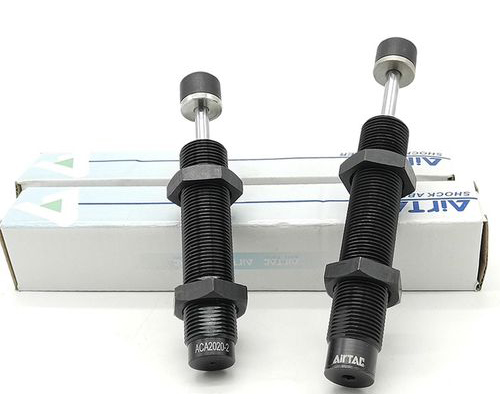The reason why the buffer cylinder exists:
When the cylinder is not buffered, because the running speed is too fast, when it is close to the critical point, the piston rod is uncontrolled and hits the end cover with great force.results in vibration of the entire cylinder and damage to the body. In order to prevent the piston rod from hitting the end cover at the end of the stroke and avoid the occurrence of impact, two internal buffers and external buffers are installed. A form of buffering.

What are the buffer cylinders?
Any cylinder can be used as a buffer cylinder, as long as it has a large stroke and strong impact force, the piston rod will not collide with the end cover.
Buffer cylinder has two different buffer forms, built-in buffer and external buffer.
How two types of buffering work:
1. Built-in buffering: Understand it this way, such as when a person is running and his nose is out of breath, You need to open your mouth wide to breathe. For a cylinder, with the same displacement, the more valves, the better the efficiency of intake and exhaust. The size of the built-in buffer is adjustable and is controlled by the upper and lower buffer adjustment screws next to the air inlet.
2. External buffer: It relies on the reciprocating movement of the piston rod to stretch and compress to form a hydraulic damping force. The purpose of vibration reduction is to have good vibration damping effect and flexible vibration reduction effect, and is a key component to improve the stability and safety of the cylinder.
The advantages and disadvantages of the two buffering forms of buffer cylinders:
There are no advantages or disadvantages between air buffers and external buffers, they are mainly suitableCylinder Different, external buffers are mainly suitable for precision cylinders and small cylinders.
The above isTwo buffer cylinders Comparison of different buffer formsContent introduction. If you want to know more related information, please log in to Shenwei Pneumaticwww.diancifa. cc view.






 WhatsApp: +8615857777578
WhatsApp: +8615857777578